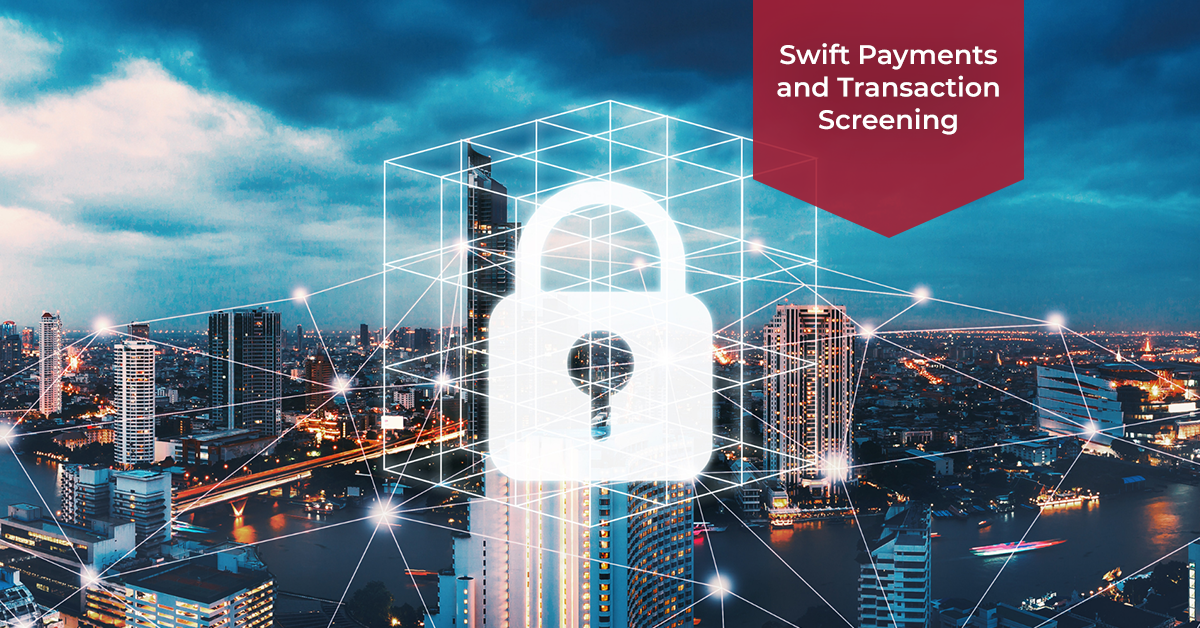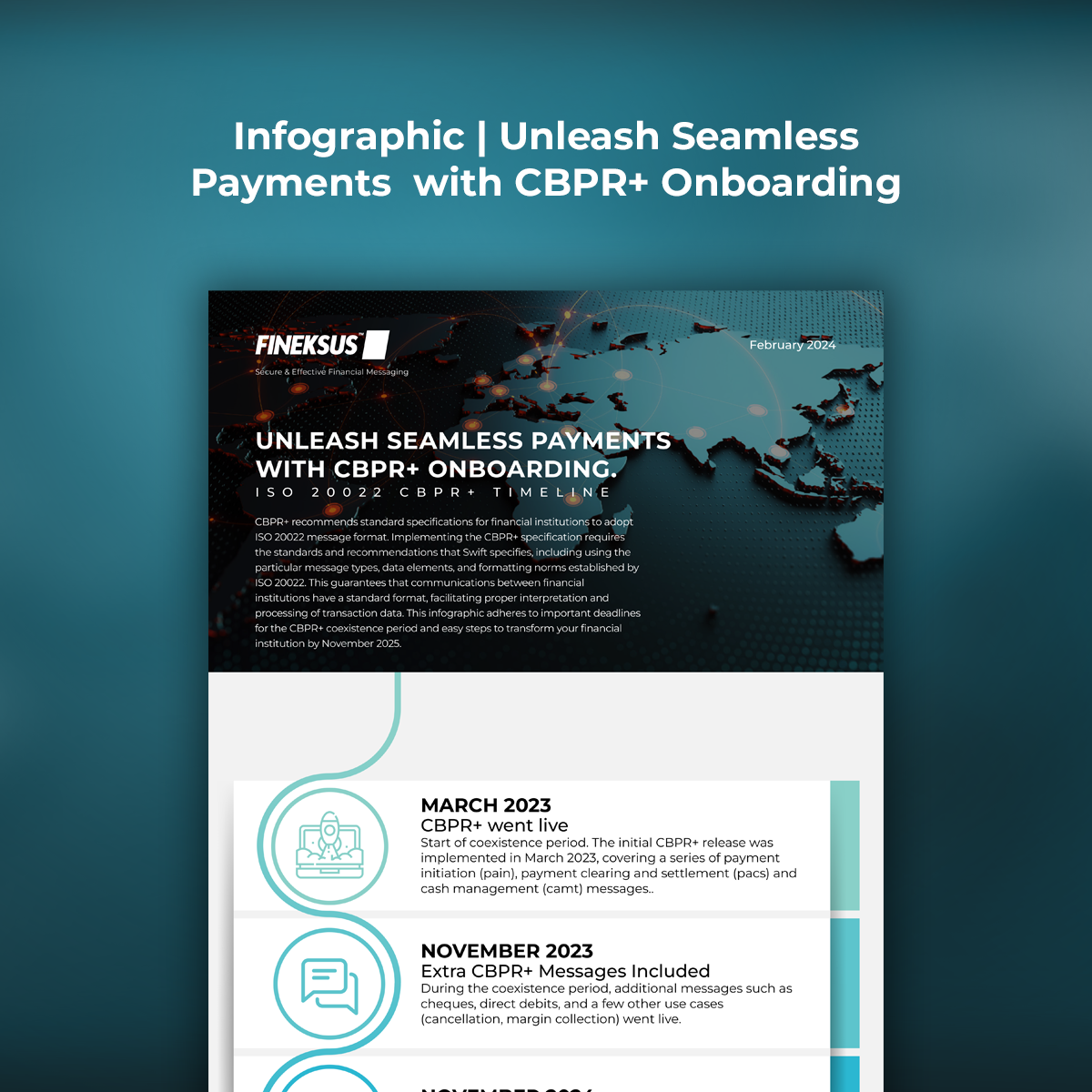
Swift Payments and Transaction Screening
When a global financial transaction is made, a SWIFT code may be necessary to tell banks and financial institutions where to transfer the money. The SWIFT code is used by banks and money transfer businesses to determine where to transmit money on a global scale. The SWIFT code is a global standard.
What is SWIFT?
Swift, or the Society for Worldwide Interbank Financial Telecommunication, is a system that enables financial transactions and money transfers for banks all over the world. The National Bank of Belgium oversees the system, which allows transactions between more than 11,000 financial institutions in more than 200 countries around the world. It sends approximately 40 million messages per day, with companies and governments exchanging trillions of dollars.
WIFT Sanctions Screening is a service that checks both incoming and outgoing transaction messages for sanctions violations. It warns the financial institution in real-time if any of the messages fit with the updated sanctions list.
This service ensures that all high-risk or suspicious customers, accounts, and transactions are detected, allowing the financial institution to take rapid action.
SWIFT maintains a list of roughly 30 sanctions from all major regulatory agencies to verify that the screening procedure is consistent with the latest regulations. The financial institution has the option of selecting which lists to screen their messages against or adding custom lists to the service.
Which Industries mostly use SWIFT services?
Although SWIFT was initially used exclusively for treasury operations, it has evolved progressively and now serves numerous sectors. Among these industries are:
- Participants in the Treasury Market and Service Providers
- Banking, Exchanges, and Trading Services
- Securities Brokers
- Corporate Business Organizations
- Depositories for Asset Management Companies
Is transaction screening necessary for SWIFT?
Yes. SWIFT recommends that when financial institutions subscribe to the Sanctions Screening services, they adopt the following four steps to efficiently manage and administer the service:
- The financial institution should prepare and establish the format, business flows, and public sanction lists against which they wish to screen, as well as the employees who will monitor the process.
- Following the planning and identification of the aforementioned elements, the institution must configure the end users, assign them roles, and grant them the required access capabilities. At this phase, the incident workflow and communication types that should be screened should be defined.
- In addition, the financial institution must choose from over 30 sanction lists supported by SWIFT. Private lists may be included in the sanctions lists, but they must be relevant and thoroughly examined by the institution beforehand.
- After completing the preceding steps, users should review the alerts and archive the reports. The financial institution should additionally notify SWIFT of the “go live” and enable message screening.
When a communication fits the sanctions list, the sanctions list can analyze the message details and determine whether it should be blocked or reported.
Over 700 banks around the world use SWIFT’s Sanctions Screening to decrease risk. This service, however, is best used in conjunction with other solutions, tools, and rigorous adherence to laws.

